The War and Women’s Human Rights Museum: Learn About The Comfort Women In Seoul
Last Updated on April 4, 2024
Just over two years ago I headed to the House of Sharing in Seoul to learn more about the “comfort women” and their history and cause here in Korea. Hearing completely honest and horrific testimonies from the sex slaves during WWII left me wondering why these women are still not recognized in Japanese history.
If you spend any time in Seoul, you should plan to make a visit to this museum. While you may learn about the Korean war and other wars on the peninsula, the comfort women is a topic that doesn’t get talked about as much as it should. Learn more now.

Plan a trip to the War and Women’s Human Rights Museum in Seoul:
(This post contains affiliate links, which means I receive a certain percentage of a sale if you purchase after clicking at no cost to you. Thank you for your support.)


It seems that Japanese politicians, including the prime minister, make statements confirming the use of “comfort women” during WWII, but often rebuke the statements just moments later. In recent news, Mr Hashimoto, Mayor of Osaka, stated that comfort women were “necessary”, which set off yet another round of the back and forth dispute. To show my support for these brave women, I headed to the fairly newly built War and Women’s Human Rights Museum (전쟁과여성인권박물관).

How To Get There
Address: 39-13 Seongsan-dong, Mapo-gu, Seoul (서울시 마포구 성산동 39-13)
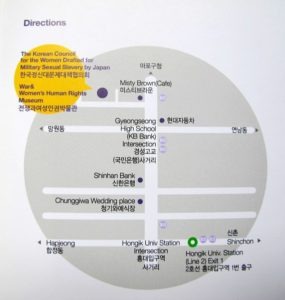
Directions: From Hongik University Station Exit 2, take local Mapo bus 15 and get off at Gyeongseong High School intersection, or do a u-turn from the exit and catch green bus 7711, 7016 or 7737 from the stop and get off at the same stop.
The War & Women’s Human Rights Museum is just up the road from Hongdae one of the most popular places to stay in Seoul and a district with a lot to do for locals and tourists. Since you’ll likely be headed there at some point, definitely get this into your itinerary as well.
Basic Info To Know
Hours: Tuesday – Saturday: 11:00am ~ 6:00pm
Admission: General W3,000, guided tours W5,000
Amenities: Audio guides in English and Japanese, bathrooms
Why Did It Take So Long To Build
The museum took nine years to build, which goes to show that even in Korea these women are not always accepted and praised for coming out and talking about these atrocities. Talks to build a museum began back in 2003 but funds were slow in coming, though eventually amounted to about two billion won (US$1.8 million dollars).
Originally, the Seoul city government granted permission for the museum to be built on the grounds of the Seodaemun Independence Park back in 2006 but, the Korea Liberation Association and the Association for Surviving Family Members of Martyrs of the Country thought it would be “undignified to have a museum for the former comfort women in a setting created to honor martyrs of the country.” The groups put up quite a fight and the city slowed in completing the administrative procedures necessary for the project to be finished.


Finally, organizers focused on a location on Mt. Seongmi in Mapo-gu and the museum was opened on May 5, Children’s Day in 2012. The museum is really much more than a museum, but an education center for remembrance as well as provides visitors with realistic ways that they can help.
What To See
The museum is three floors that focus on the harrowing tales given by the “comfort women”, who prefer to be called “halmoni”, or grandmother in English, as “comfort women” is a term from the aggressors’ point of view and was in no way comfortable for these women who were raped 20 to 60 times per day.
This is why I put “comfort woman” in quotation marks throughout this post because it is not what they call themselves but what they’ve been labeled as by a patriarchal society that would rather label them as comforting men than what was really happening which was women who were raped over and over and over again.

Visitors are welcome anytime during opening hours, however, there are English tours a couple times a month which I highly encourage you to take. The two hour tour begins by thrusting attendees into the darkness that these women have pulled themselves out of.
Visitors begin by walking through a narrow corridor along the side of the building with one wall painted with shadows of young girls while the other shows the faces of the old women as they are today pushing themselves out of the cement.

The gravel lined path leads down into a dark dank basement lit by just one hanging lamp and a feeling of despair is immediately palpable. The small dark room is meant to leave guests feeling isolated and oppressed and after hearing appalling testimonies read aloud the feeling is certainly achieved.

Leading to the first floor is a staircase that winds visitors by The Wall of Appeal. An exposed brick lined staircase with pictures and messages from the halmonis that is rather brightly lit compared to the desolate and dark basement takes attendees to an area to learn the facts through accumulated documents, books and pictures.
This floor also showcases a Wall of Supporters to thank those people who donated money and a Memorial Wall on the veranda with the names, faces and dates of those halmonis who have passed away.


An hour into the tour the overwhelming feeling by the group is despair with no hope ahead and at this moment guides thankfully move into a more inspiring tone. The group is led into an area to discuss the movement including legal cases and activities in which people can show support for these amazing women including Wednesday protests outside of the Japanese embassy. The tour ends with a debriefing discussion to allow guests and guides to discuss feelings, motivations and reflections.

Today, you can see comfort women statues all around the world. From outside the Japanese Embassy in Seoul to the Japanese Buddhist temple in Gunsan, Korea and even further. The next time you see one, pay your respects to the girls that had their lives changed forever.

Where To Go Nearby
Mangwon-dong
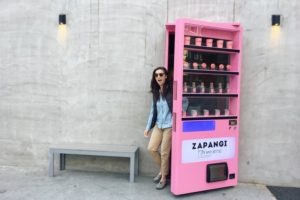
This neighborhood which is a spill over from Hongdae has a ton of cafes and restaurants that you can check out. It’s a quieter area than Hongdae so feels a bit more local. There are some great hidden gems there as well as some of the more popular places like that vending machine door cafe called Zapangi. Check out this guide to Mangwon-dong for some ideas of where to go and what to see.
The World Cup Parks

The World Cup Parks is a massive system with five parks within it including the popular Haneul (Sky) Park. There are numerous paths that weave through forest, reeds, by ponds, and if it’s spring, summer or fall, into flower fields too. There’s a lot to see and do. Here’s a guide to the World Cup Parks in Seoul.
To learn more about the Korean comfort women of WWII, check out some of these reads. Those who fail to learn from history are doomed to repeat it.
Did you like this post? Pin It!
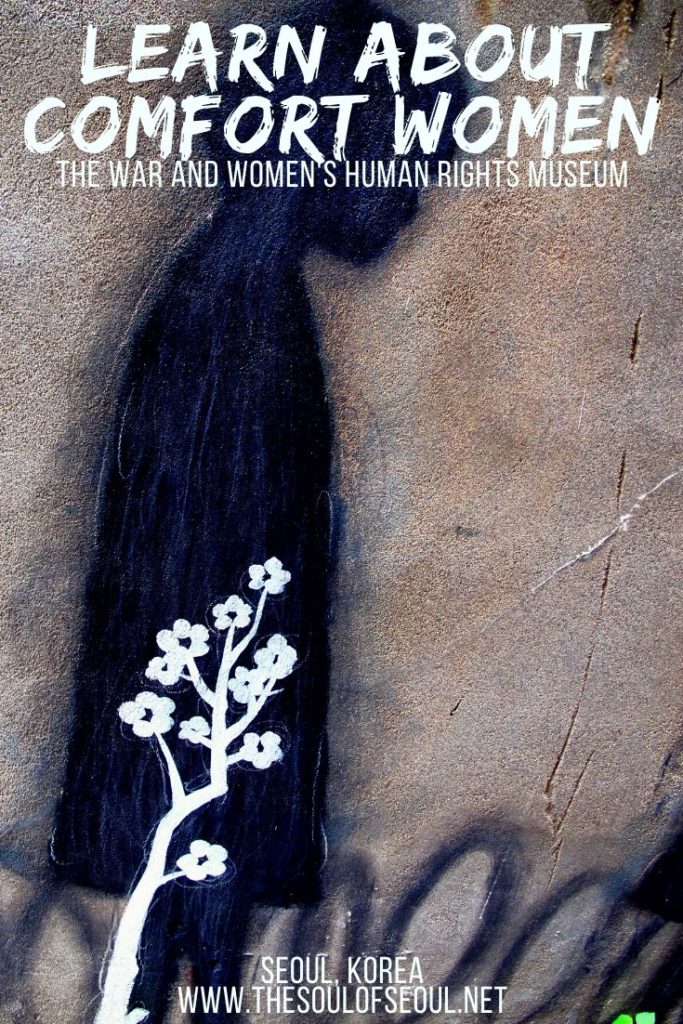
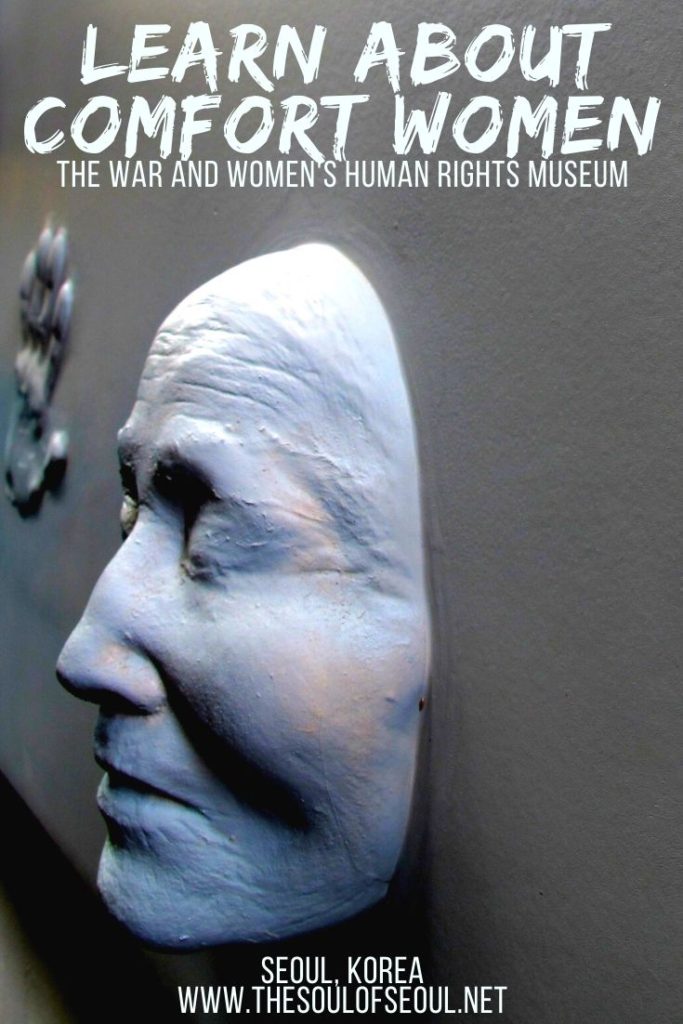

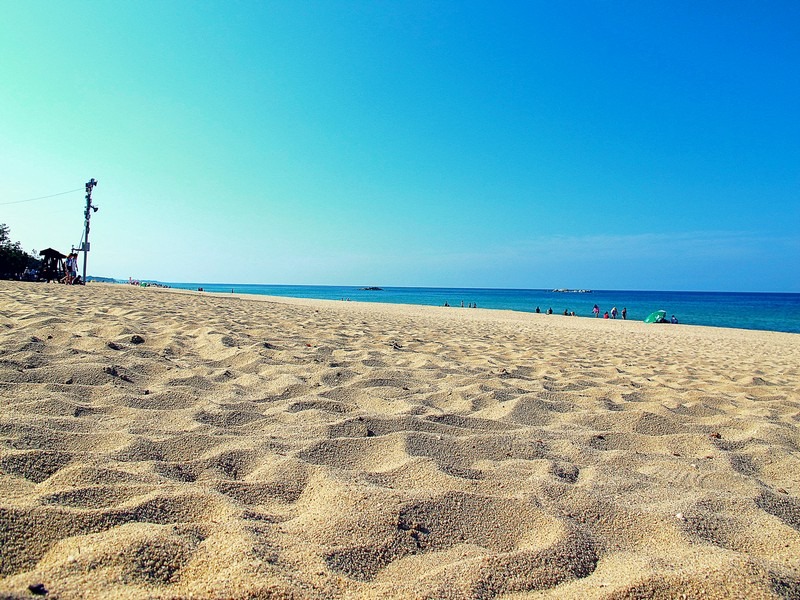
2 Comments
Busola
Hi, do you know how I can get in contact with the organizers of the women’s global solidarity action network? I am interested in collaborating on a project for peace for women in South Korea and would love to be put in touch with this organization.
Hallie
Check out their Facebook page and you can send them a message there: https://www.facebook.com/groups/wgsan/